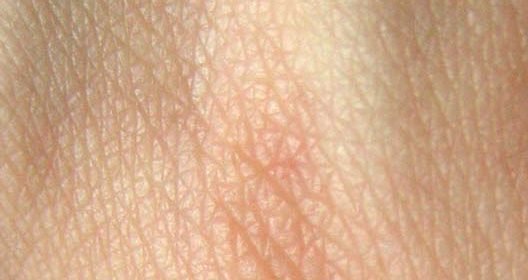Researchers develop an intradermal model to study Staphylococcus aureus infections

Infections caused by the Staphylococcus aureus bacteria through skin wounds cause thousands of deaths every year due to their fast transmission among large groups of people, such as hospitalised patients. Furthermore, these infections also cause millions in losses for livestock farmers. In addition, there has been an appearance of strains of Staphylococcus aureus that are resistant to antibiotics, which makes the development of new experimental models necessary in order to create efficient therapeutic tools against these infections. A group of researchers from the CEU Cardenal Herrera University has just developed a new intradermal experimental model on rabbit skin which makes it possible to describe in a detailed way, for the first time, the development of this infection. The results of their work are part of the doctoral thesis of researcher Asunción Silvestre, guided by CEU UCH professors Juan Manuel Corpa and David Viana.
As the study researchers highlight, “there are currently no vaccinations that are 100% effective against Staphylococcus aureus infections, despite the investment of thousands of millions of euros and years of research. We believe this is due to the use of experimental models that do not appropriately reproduce what happens in humans when the bacteria penetrates the skin and invades the organism, which is why we began the research to develop a new model that improves that mimicking.”
After four years of work, researcher Asunción Silvestre, under the guidance of doctors Corpa and Viana, has developed at the CEU UCH an intradermal experimental model on rabbit skin with low infection doses and has described, for the first time and in a detailed way, the answer of the host on a histopathological and immunological level.
Mimicking the natural infection processes
Source: Read Full Article
